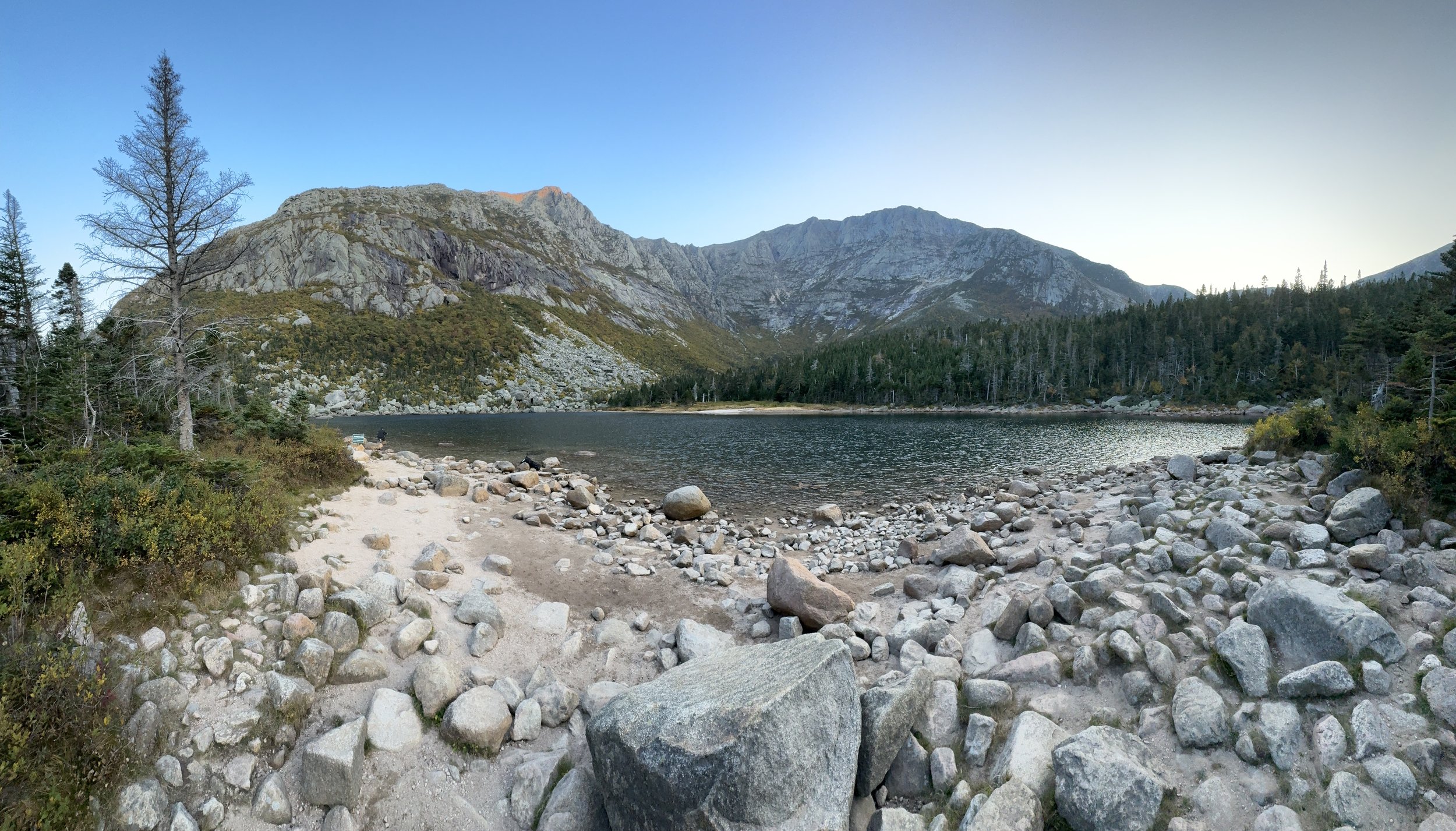Are Mountain Climbing Courses Safe for Families?
Mountain climbing can be an exciting adventure for families looking to bond and experience nature together. But how safe are mountain climbing courses for families? In this article, we will explore the various aspects of safety in family-oriented mountain climbing courses, ensuring you have all the information you need to make an informed decision.
Understanding Different Types of Mountain Climbing Courses
Before enrolling in a mountain climbing course, it’s important to understand the different types available. Some courses are designed for beginners and families, while others may be more suitable for experienced climbers. Beginner courses typically focus on basic climbing techniques and safety protocols.
For families, it’s crucial to choose the right type of course that matches everyone's skill level and comfort. Family-friendly courses generally provide a mix of fun and learning, often aimed at suburban climbing areas that offer a more controlled environment. Locations such as Camden Hills State Park and other family rock climbing spots in Camden, Maine, are perfect examples of spots geared towards beginners and young climbers.
There are also specialty courses that offer differing levels of difficulty within the same session, which allows families to pace themselves according to individual preferences and abilities. Some might incorporate team-building exercises and games to make the experience engaging and less intimidating for younger participants. Understanding the types of courses can significantly enhance the safety and enjoyment of the climbing experience.
Choosing Family-Friendly Courses
When selecting a mountain climbing course for your family, look for those specifically labeled as family-friendly. These courses usually offer age-appropriate activities, shorter climbs, and a focus on fun and learning. They also tend to have experienced instructors who are trained to work with children.
Courses designed for families often include easier routes and provide specialized instruction to keep kids engaged and motivated. Family climbing in Camden offers just such an experience, incorporating both the natural beauty of the area and the exhilaration of climbing. Here, you’ll find courses that focus on building basic skills and fostering a love of the sport among children.
Instructor Qualifications and Training
Safety largely depends on the qualifications and training of the course instructors. Ensure the instructors are certified by recognized climbing organizations and have experience in teaching families and children. Good instructors will prioritize safety and provide thorough guidance throughout the course.
Instructors should hold certifications from climbing bodies such as the American Mountain Guides Association (AMGA) or the Professional Climbing Instructors Association (PCIA). These certifications ensure that the instructors are well-versed in both climbing techniques and safety protocols, minimizing risk during the climb. An instructor with specific training in family and child instruction will know how to engage young climbers and keep them safe.
Background checks and reviews can offer additional insights into an instructor’s reliability and teaching style. Online platforms and social media reviews provide valuable information from other families who have attended the same courses. Qualified instructors not only teach proper climbing techniques but also how to handle the psychological aspects of the sport, providing reassurance and building confidence.
Safety Measures and Protocols
Family-friendly climbing courses should have strict safety measures in place. This includes proper use of safety gear like helmets and harnesses, regular equipment checks, and trained staff to handle emergencies. Instructors should also teach climbers how to identify and manage potential hazards.
Before embarking on a climbing expedition, mountain climbing safety tips should be reviewed. These tips cover everything from the proper layering of clothing to carrying essential food and water supplies. Knowing how to handle weather changes and being aware of altitude-related illnesses ensures added safety.
Consider courses that run children through mock emergency drills. These drills help young climbers understand what to do in case of a fall or other mishaps. Knowing how to react in emergencies can significantly reduce the risk of injury and improve overall safety.
Essential Safety Equipment for Families
Using the right equipment is crucial to ensuring safety in mountain climbing courses. Make sure your family is equipped with quality climbing shoes, helmets, and harnesses. Some courses may provide this gear, while others might require you to bring your own. Always double-check that all equipment fits properly and is in good condition.
High-quality gear is non-negotiable when it comes to climbing safety. Helmets should be snug but comfortable, and harnesses must be correctly adjusted to fit each climber, especially the kids. Proper fitting climbing shoes provide the right amount of grip and control during the climb.
It's often helpful to involve kids in checking and learning about their gear. This not only demystifies the equipment but also makes them more aware of its importance. Courses usually teach how to conduct pre-climb checks effectively, enhancing both safety and a sense of responsibility among young climbers.
Preparing Your Family for a Climbing Course
Preparation is key to a successful and safe mountain climbing experience. This includes physical conditioning, basic climbing skills, and an understanding of safety protocols. Engage in regular physical activities and practice basic climbing techniques at home or via online tutorials before the course.
Scheduling a preliminary family rock climbing session can provide a taste of what to expect. Learning basic commands and techniques in a controlled setting helps build confidence. Kids can practice climbing with safety nets in place, ensuring they’re ready for the actual cliffs.
Physical conditioning shouldn’t be overlooked. Simple exercises like hiking, stair climbing, and upper body workouts can help condition the muscles used in climbing. Additionally, practicing flexibility and balance exercises at home can prepare family members for the physical demands of climbing.
Conclusion: Ensuring Safety in Family Mountain Climbing Courses
Ultimately, mountain climbing courses can be a thrilling and safe activity for families, provided proper precautions are taken and suitable courses are chosen. By considering the type of course, instructor qualifications, safety measures, and necessary equipment, families can enjoy a fun and secure climbing experience together.


